Science fiction films have had a massive impact on pop culture. Their thrilling and imaginative concepts have expanded the minds of many audiences, making them one of the highest-grossing genres in cinema today.
And as technology becomes more and more advanced, including the tools for making movies, the line between fantasy and reality seems to fade with each sci-fi blockbuster. So, in the spirit of progress, let’s look at the 10 most influential sci-fi movies ever made.
A Trip to the Moon (1902)
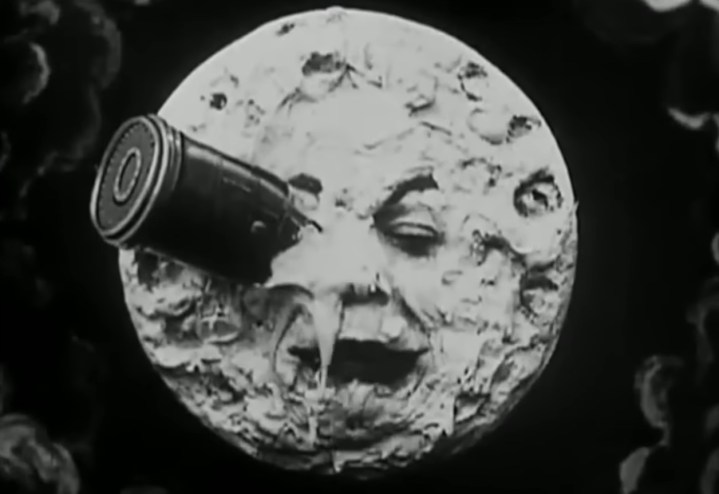
As the first science-fiction movie ever created, this black-and-white short holds great importance in the world of cinema. Based on a story by Jules Verne, this picture follows a team of astronomers who launch themselves into the eye of the Moon and encounter the alien Selenites on the lunar surface. While this film is known more for its technical achievements, A Trip to the Moon still stands out as a goofy satire of imperialism and colonialism.
Close Encounters of the Third Kind (1977)
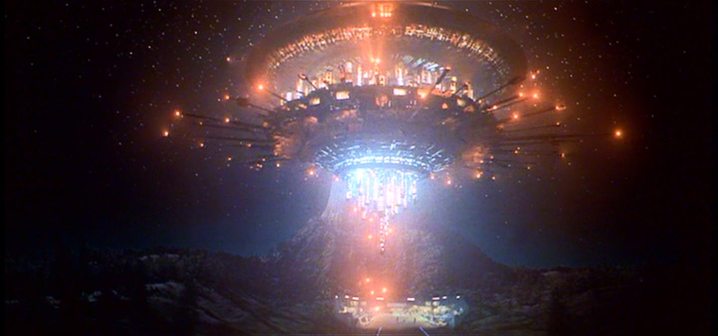
Directed by Steven Spielberg, this masterpiece follows a blue-collar worker and a single mother who encounter UFOs and try to solve the mystery behind them.
Featuring a well-crafted mystery and spellbinding visual effects, Close Encounters is a mind-boggling and poignant experience as the characters face an extraordinary and terrifying force bigger than any of them. Also, combined with the other sci-fi hits of its time, this blockbuster helped establish a greater market for films of the genre to succeed.
Alien (1979)
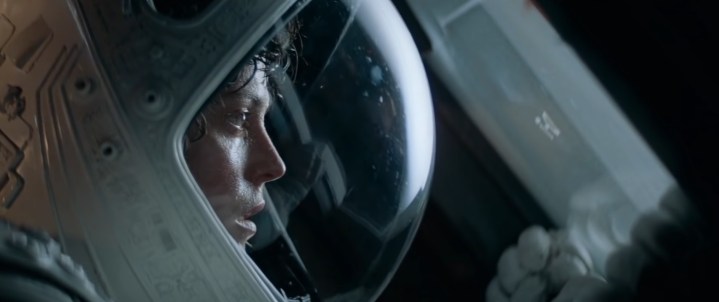
Awakened by a distress call from an alien shipwreck, the crew of the spaceship Nostromo discovers a parasitic life form onboard that wreaks havoc on their vessel with frightening cunning and brutality. Since cheesy alien horror films were commonplace in the ’50s and ’60s, Ridley Scott’s Alien redefined what kind of horror could come from the science fiction genre when it premiered.
Sophisticated but grotesque, simple but inventive, this film pushed the boundaries of what true terror can appear in cinema, with memories of the iconic “chestburster” scene imprinting themselves deep into the guts of countless viewers. The movie also introduced one of the great female leads in the sci-fi genre: Sigourney Weaver’s Ellen Ripley.
E.T. the Extra-Terrestrial (1982)
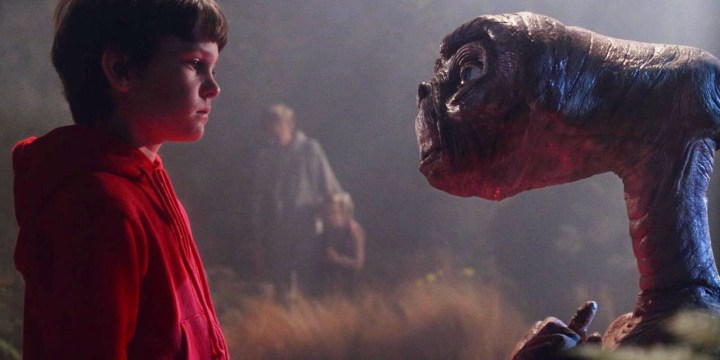
Another Spielberg classic, this film follows the titular alien after he gets left behind on Earth and bonds with a 10-year-old boy longing for companionship after his parents’ divorce.
E.T. the Extra-Terrestrial harnessed the magic of science fiction with its endearing and genuine depiction of a boy (played by then-child actor Henry Thomas) helping his new friend return home to his family. In the end, E.T. touched the hearts of many with his magical, glowing finger, making him one of the most iconic characters in pop culture.
The Matrix (1999)

When a computer hacker discovers the world he lives in is a computer simulation, he teams up with a band of kung-fu fighting rebels to battle the machines holding humanity hostage.
With revolutionary visuals and a thought-provoking story about reality and identity, The Matrix reinvented both the action and sci-fi genres just in time for the new millennium. Plus, countless other action movies have replicated its iconic “bullet time” sequence ever since its release.
Jurassic Park (1993)
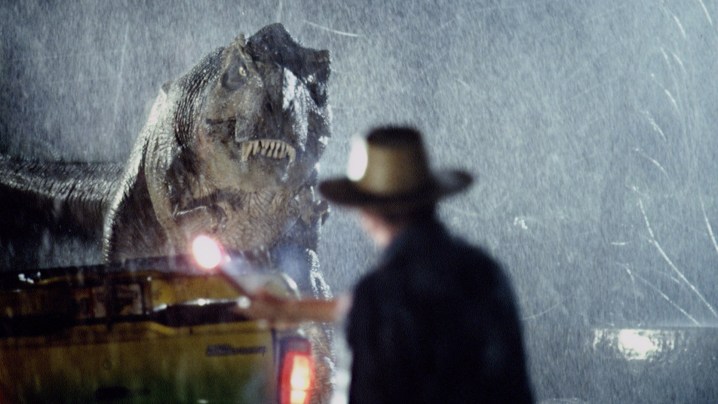
When two paleontologists are invited to an amusement park filled with dinosaurs, they fight for survival when the prehistoric beasts break free from their pen. Jurassic Park achieved great strides in cinema with its exhilarating story, unforgettable performances, and groundbreaking visual effects.
The latter, in particular, ushered in the age of computer-generated imagery as filmmakers utilized VFX technology for blockbuster pictures like the Star Wars prequels and The Lord of the Rings trilogy. Some may argue Jurassic Park isn’t a good movie, but they are in the minority as the film continues to entertain audiences to this day.
Superman: The Movie (1978)

It’s hard to find anyone who doesn’t know this tale: A child sent to Earth from the dying planet Krypton grows up to use his godlike powers to protect his adopted home and face off against the evil Lex Luthor.
Though certain aspects of the film don’t hold up today, its mythical and emotional depiction of Superman’s origins still serves as the template for the many superhero films that have dominated theaters in the past two decades.
Blade Runner (1982)
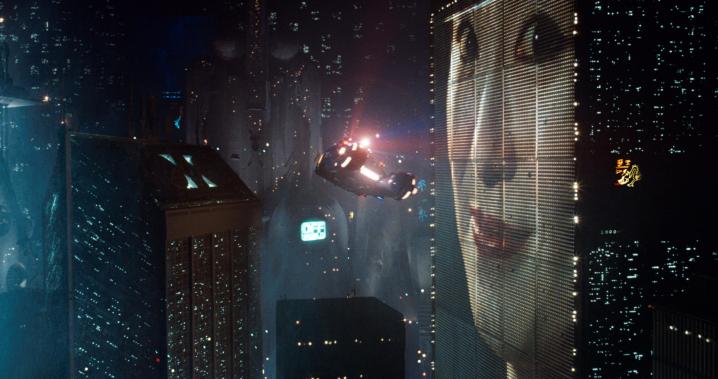
In Blade Runner‘s dystopian future of 2019, Rick Deckard is ordered out of retirement to hunt down and kill a group of rogue replicants who have arrived on Earth.
While the theatrical cut wasn’t so well received back in the ’80s, Blade Runner has since amassed an enormous cult following thanks to its inspired vision of humanity’s future, exploration of AI, and dazzling set design. As a result, this neo-noir opus has influenced many other cyberpunk stories throughout pop culture, saving it from becoming lost in time.
Star Wars (1977)
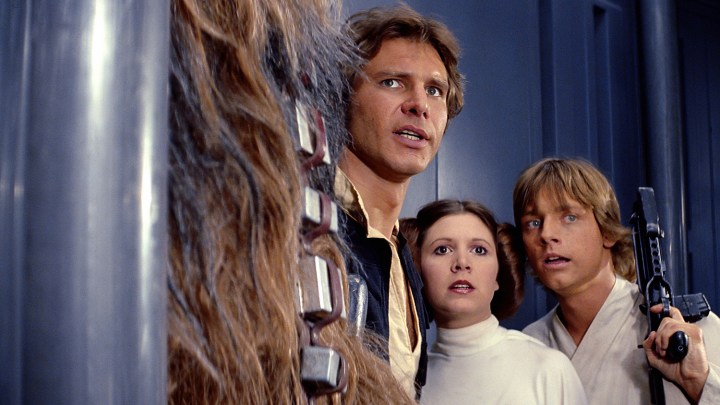
No one, not even director George Lucas, thought Star Wars would become the pop culture phenomenon it is today. This epic film introduced the world to the young Jedi Luke Skywalker as he set off to rescue Princess Leia and help the Rebels defeat Darth Vader and his evil Empire.
Due to its revolutionary special effects, inspired story, and memorable characters, Star Wars has long held a special place in the hearts of millions, and it continues to deliver many exhilarating tales from that galaxy far, far away.
2001: A Space Odyssey (1968)

Created by director Stanley Kubrick and writer Arthur C. Clarke, 2001: A Space Odyssey follows a group of astronauts who venture to Jupiter to investigate an alien monolith that holds the secret behind humanity’s evolution.
From apes learning to use tools to Dave hurtling through the Stargate to the birth of the Star Child, this singular film depicts some of the most unforgettable images ever made for the silver screen. And with special effects that continue to influence filmmakers today, 2001 remains a timeless achievement of cinema that won’t dwindle anytime soon.



